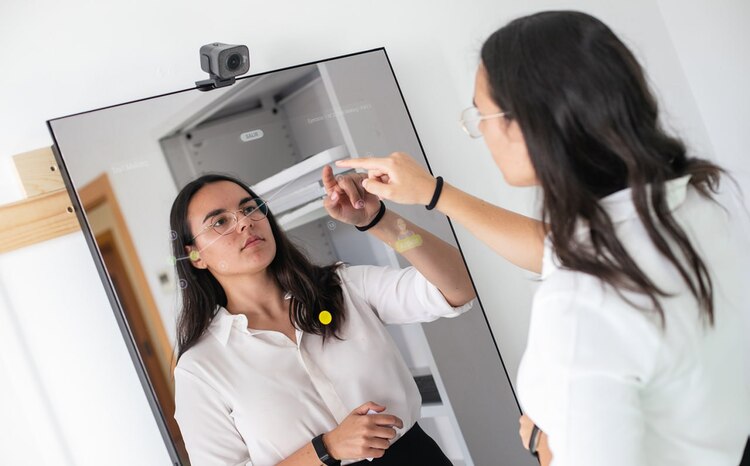Is Telemedicine Finally Delivering the Goods?
- 30 January 2002
Telemedicine is working hard to wipe out its reputation for producing interesting projects but not much real-life action – and papers at the Royal Society of Medicine’s TeleMed ’02 conference this week reflected that mission.
Titled “From Research to Service Delivery”, the conference’s agenda clearly aimed to convince the sceptics and hard-headed budget holders that telemedicine was capable of delivering the goods.
Professor Peter Yellowlees of the University of Queensland used part of his keynote address to talk through the long list of supporting factors needed to bring telemedicine into mainstream healthcare.
Some of the list items would be familiar to change managers everywhere in healthcare: long-term funding, senior management buy-in and clinical leadership. Others were more peculiar to telemedicine: achieving systemic acceptance, ensuring routine use in clinical care and bringing in multiple and external users.
To sustain telemedicine, Yellowlees identified three supporting elements: nurturing with money, ideas, education and training; experience manifested in the form of policies, procedures and integrated management; and success reflected in evidence of outcomes, evaluation and research.
To demonstrate the reality of telemedicine’s achievements, he showed how videoconferencing was being used routinely to save burns patients lengthy, painful, expensive journeys to the specialist hospital unit delivering their long term treatment.
Other speakers were also able to demonstrate maturing telemedicine services. Dr Adrian Vranch from the University of Plymouth showed how mrcsTV – a TV satellite-based educational programme for surgical trainees – is delivering regular broadcasts to 26 receiving sites in the UK and Eire.
Dr Mark Ashton, consultant cellular pathologist at the Diana Princess of Wales Hospital, Grimsby, described a video teleconferencing (VTC) system used to connect to a local hospital in Scunthorpe. The VTC also connects to three other sites via a wide area network and – depending on firewall configuration and access permissions – can be used to send clinical information to other trusts via NHSnet.
The system, costing £10,000 per site, aims to make best use of scarce specialist expertise. In the North Lincolnshire example, the technology is being used to improve communication among the multi-disciplinary teams serving cancer networks.
”Where is all this going?” asked Yellowlees, moving into more rhetorical mode. “We’re moving towards global health service delivery. Anyone who thinks otherwise is simply naïve.”




